Weighing up the pros and cons of a wool vs feather and down duvet? I asked bedding experts which is better
Is a wool or feather and down duvet better? Experts weigh in on the battle of the bedding
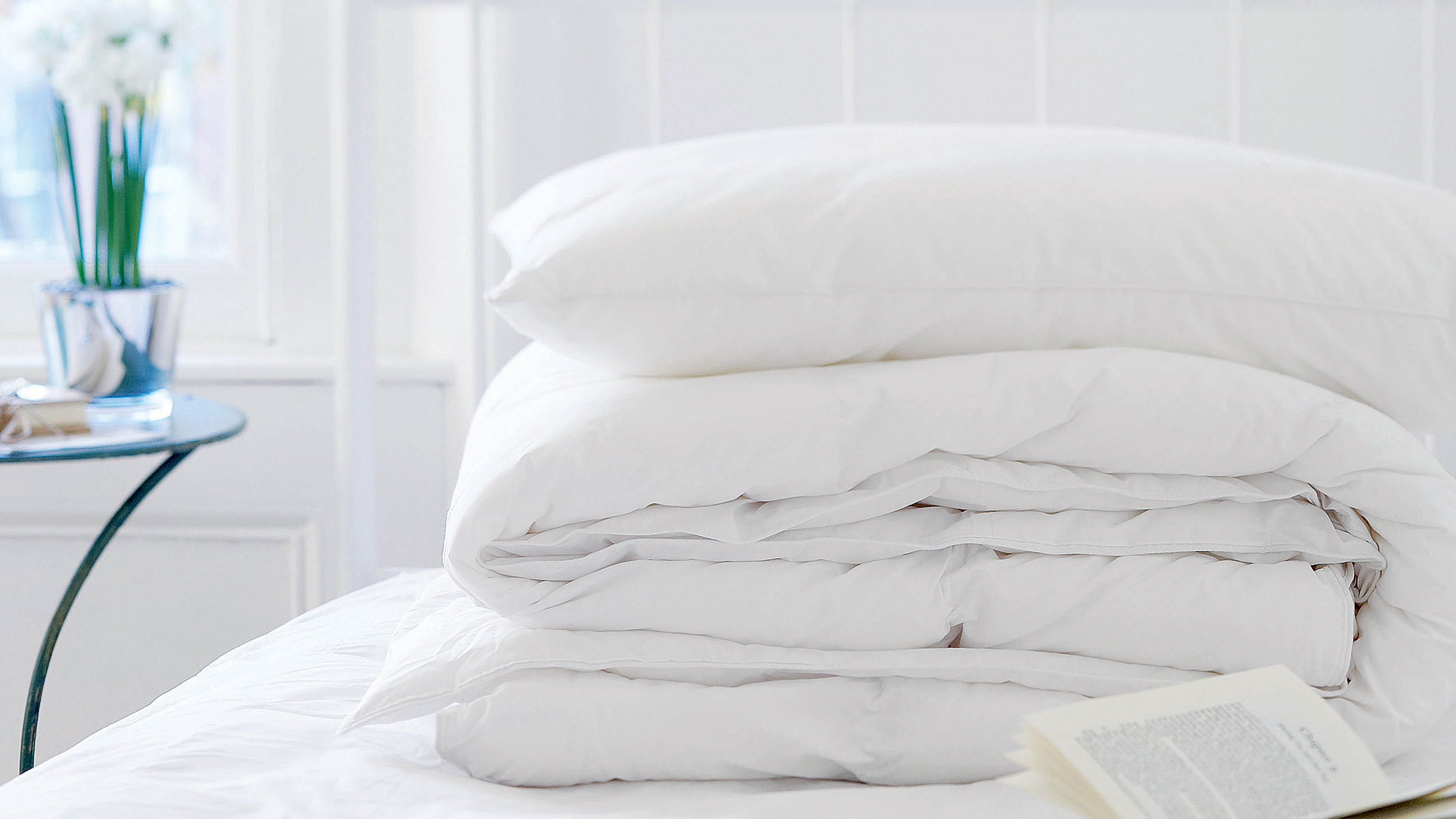

Amy Lockwood
If you’re looking for natural-fibre bedding, you might be weighing up a wool duvet vs a feather and down duvet. Both are fantastic options, but there are pros and cons to each duvet filling that it's worth being aware of.
As a sleep-product writer, I’ve slept under and professionally tested a huge range of feather and down, and wool duvets. From handmade to mass produced, small names to big brands, and throughout winter, summer, spring, and autumn, my testing has been nothing if not thorough.
I’ve also spoken to industry insiders and sleep experts for their take on the wool vs down debate.
Between us, what we don’t know about these natural-fibre duvets isn’t worth knowing, so in this guide, I'll share all my expertise so you can choose the best duvet for you.
Wool vs feather and down duvets
What is a wool duvet?
Quite simply, a wool duvet is one that has a wool filling. This filling might be sheep wool, cashmere, alpaca, or merino wool – you might even find a mixture.
This wool fill will usually be contained within a cotton cover, although some more affordable wool duvets may have synthetic covers – you might want to beware if so, as a wool duvet's main benefit is its breathability, and a polyester cover will impact that breathability.
What are the benefits of a wool duvet?
1. Fantastic temperature regulation
One of the number one reasons why I rate wool duvets so highly is that they keep you just the right temperature all night. And if you sleep next to someone else, they keep you both at the temperature that suits you as an individual – it’s like sleeping in your own little microclimate.
‘Wool works with your core body temperature as you sleep, retaining and releasing heat, to ensure you have the optimal sleep environment for your needs,’ says Pauline Beijen, co-founder and director of Devon Duvets.
‘Wool possesses unique properties that contribute to a more comfortable and restful night,’ says Chris from Woolroom. ‘Its superior temperature regulation means it's naturally able to adapt to differing sleeping temperatures of two sleepers. This helps to create a more conducive sleep environment, preventing overheating during warmer nights and maintaining warmth in cooler temperatures.’
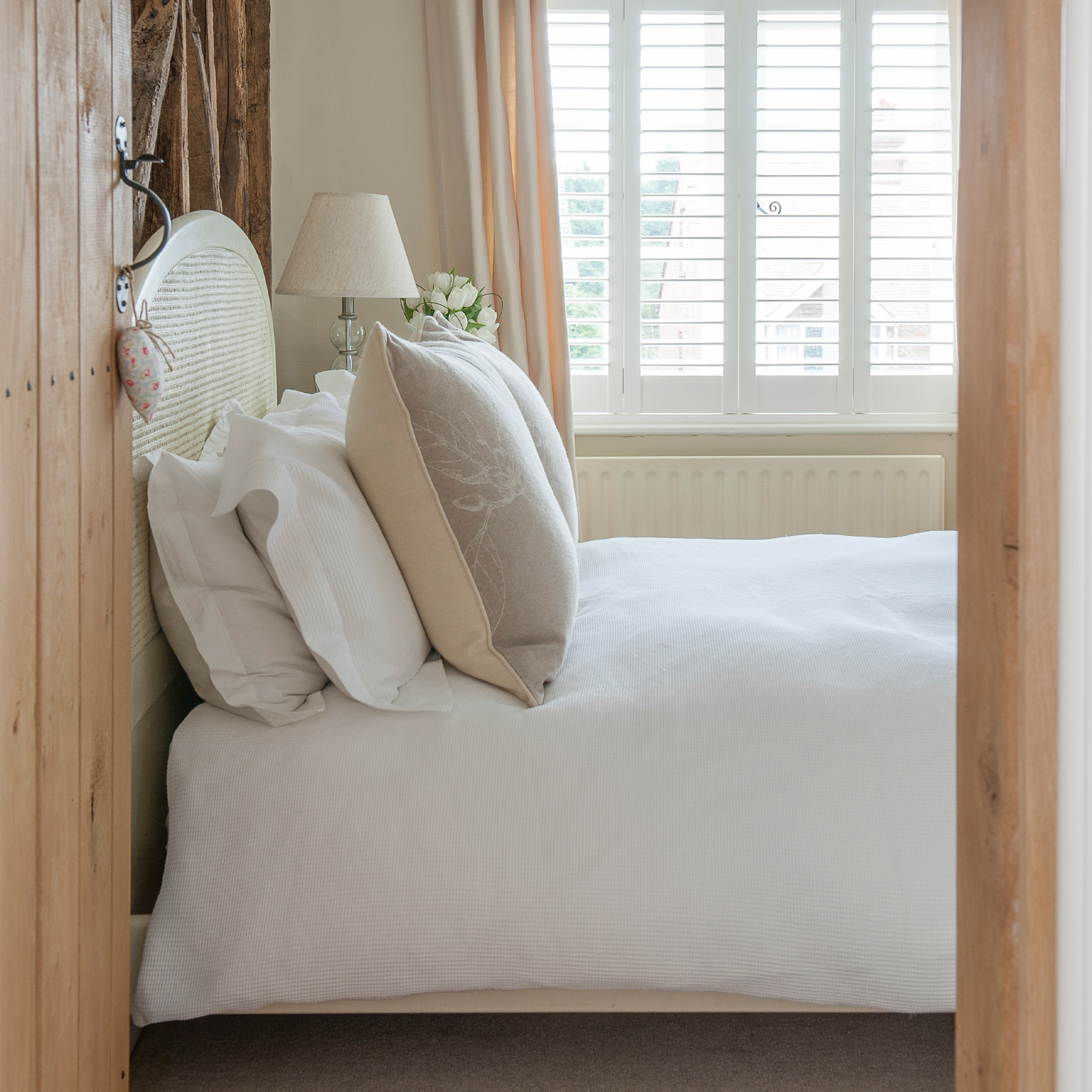
2. Great breathability and moisture management
If you're a hot sleeper, a wool-filled duvet is the best type of duvet filling for you. That's because wool offers fantastic breathability and great moisture management, so it will reduce the likelihood of overheating and sweating, but also help you to cool down quicker if you do get clammy in the night.
‘Unlike synthetic materials, wool is naturally breathable, allowing for better air circulation,' explains Chris from Woolroom. 'Breathable air pockets within the fibres allow heat to disperse, and wool also has natural moisture-management properties to keep you comfortable and dry.'
3. Naturally hypoallergenic
Wool is naturally hypoallergenic without any chemicals being added. This is because the filling naturally repels dust mites – the UK’s number one house-based allergen.
‘Unlike feather/down and synthetic bedding, which can be a breeding ground for dust mites, wool is uninhabitable for these pests due to its naturally dry environment, creating a cleaner and more hygienic sleep,’ explains Chris from Woolroom.
4. Requires less care
‘Wool’s anti-bacterial properties also mean it does not require washing the same way other duvets would. It is self-cleaning and bacteria cannot build up in the fibres and cause the duvet to smell, making it a more convenient bedding choice,’ says Chris from Woolroom.
In fact, most wool duvets can simply be hung outside on a sunny day to allow UV rays to clean it naturally.
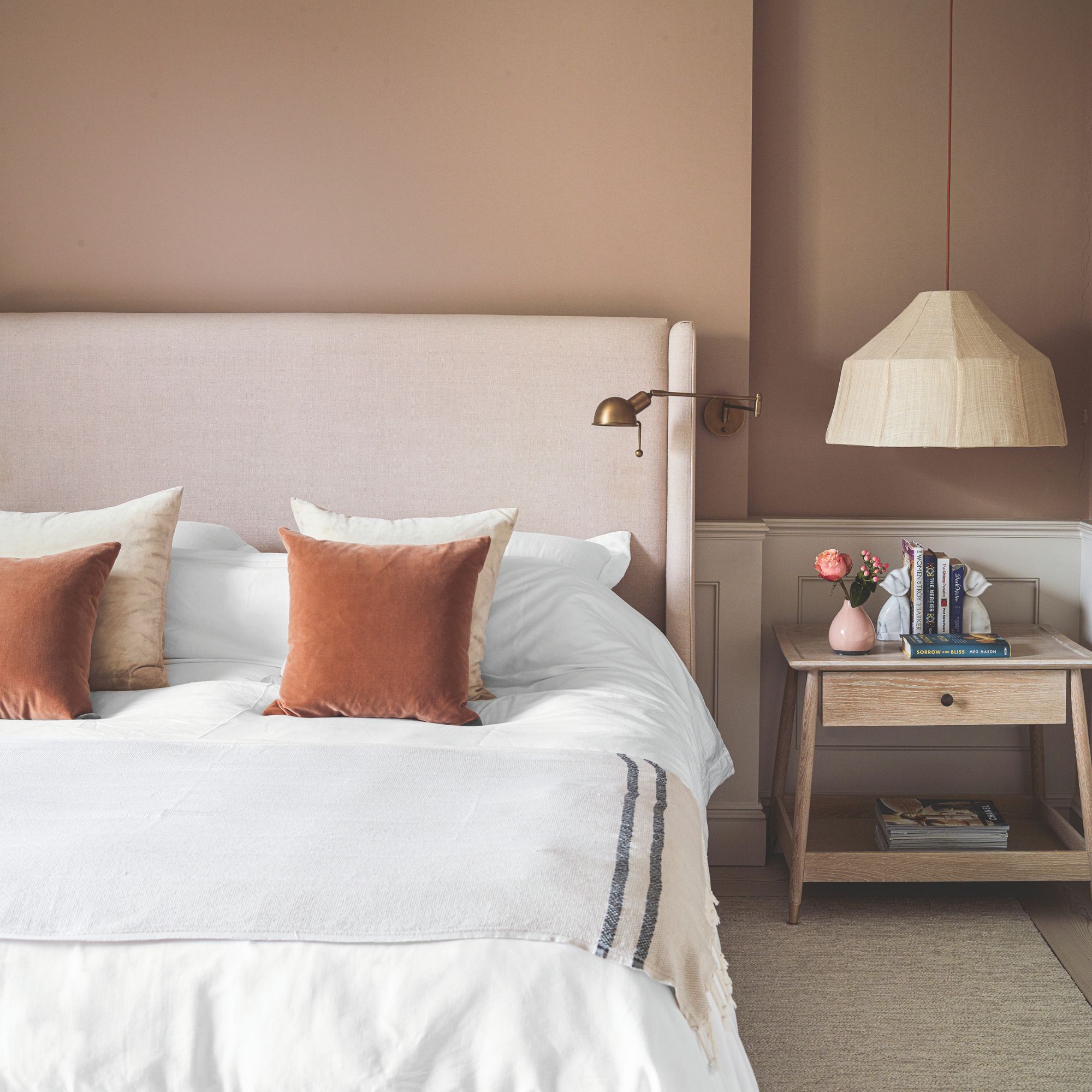
5. Sustainable
A wool-filled duvet is one of the most environmentally friendly choices you can make. That's because wool is sustainable – a sheep is sheared and then its wool grows back. This fibre is also biodegradable, so at the end of the duvet's lifespan it will rot safely into the ground rather than hanging around in landfill emitting harmful chemicals like a synthetic duvet.
‘Wool is also naturally fire retardant,’ points out Pauline from Devon Duvets. 'This means there are often fewer or no harmful chemicals added to wool duvets (and other wool bedding) to make them safe for use when sleeping.'
What are the disadvantages of a wool duvet?
1. Not as much loft
One of the things I definitely notice about wool duvets when I sleep under them is that they are thinner than most duvets with other fillings. This doesn’t mean they’re not as warm, but you don’t get that plump cloud-like duvet to snuggle into. Instead, a wool duvet can look a little flat and utilitarian on the bed.
2. Heavier
This really comes down to personal preference, but if you want a lightweight duvet then you might find wool a bit too heavy to lie under. It’s a denser fibre than a synthetic microfibre or hollowfibre, or feather and down.
‘Wool duvets tend to be slightly denser and heavier than other fillings but are a great choice for those who want a natural duvet with a little weight,’ agrees Neil McMillan, new product development director at Slumberdown.
3. Harder to wash
Although experts say that a wool duvet is less likely to need washing in the first place, if you're someone who likes to regularly machine wash their bedding due to pet or pollen allergies, a wool duvet may not be for you.
Most wool duvets can't be washed (because the wool fibres will felt at high temperatures), and those that can – like the excellent Woolroom Deluxe Washable Wool Duvet – will still need to be cared for on a gentler setting than most synthetic duvets, and should be line dried rather than tumble dried.
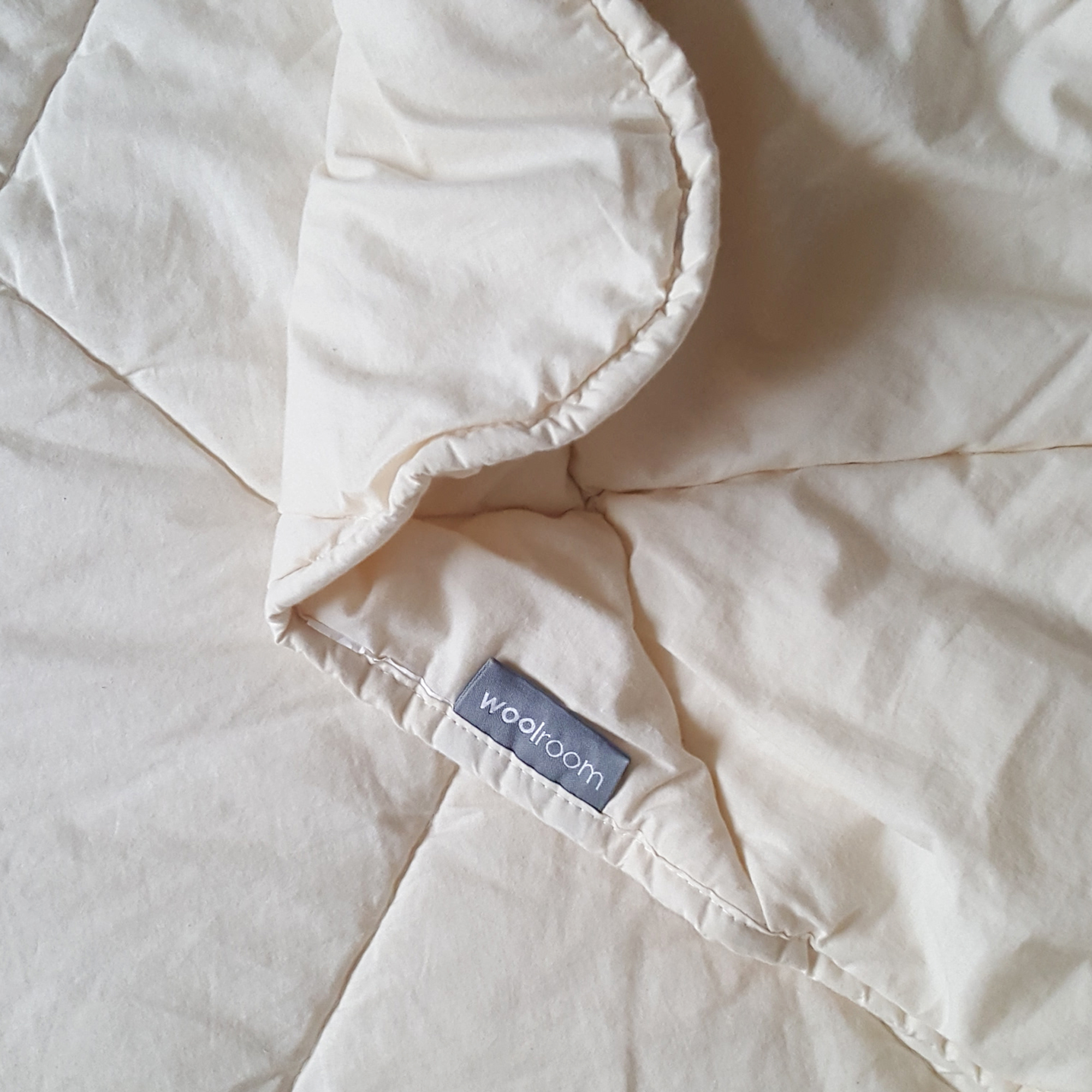
Unlike most wool duvets, this option is washable and comes in a wide range of warmth levels. Overall, I think it's one of the best wool duvets on the market.
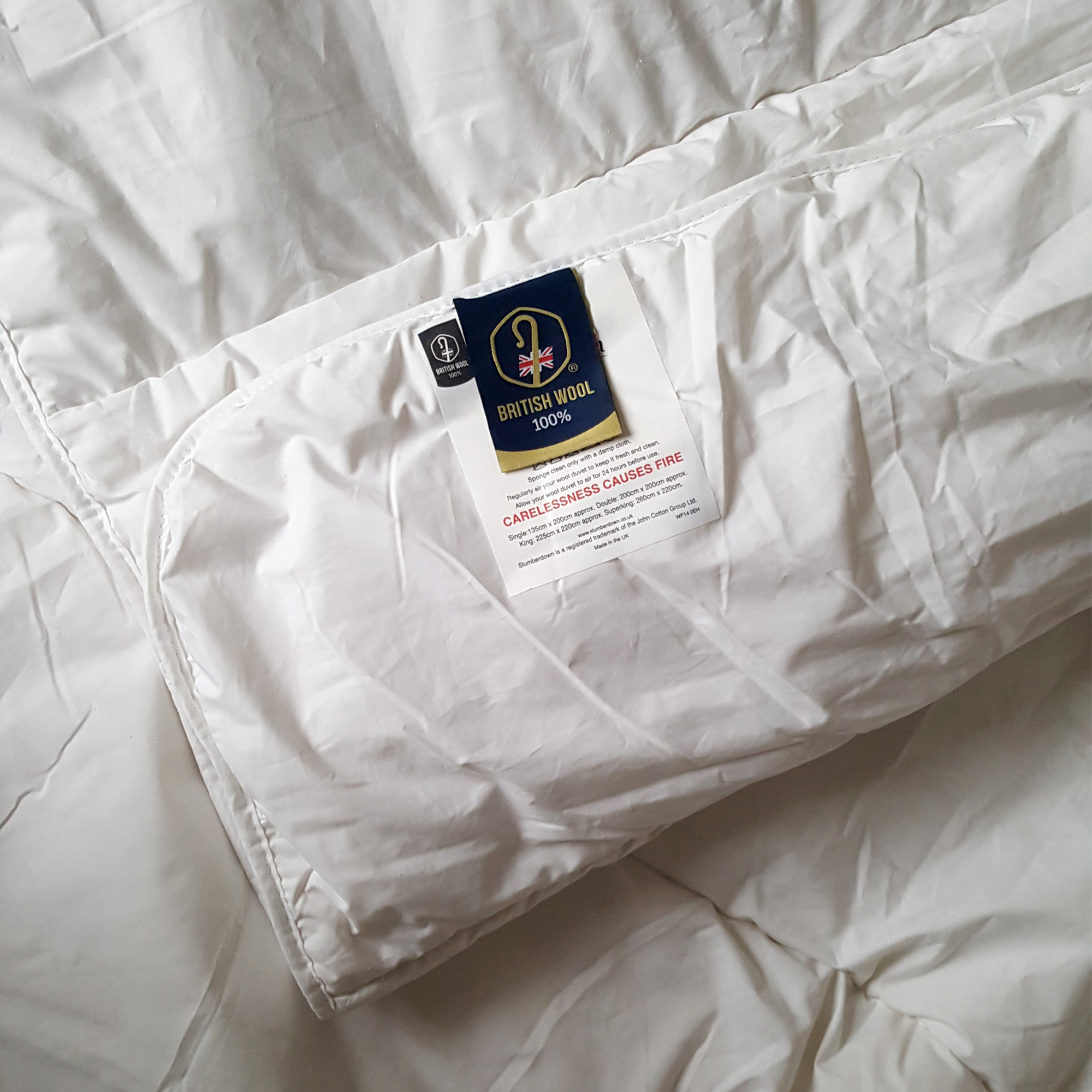
The downside of any wool duvet is its expense. It feels more basic than more expensive options, but this is the most affordable wool duvet I've come across.
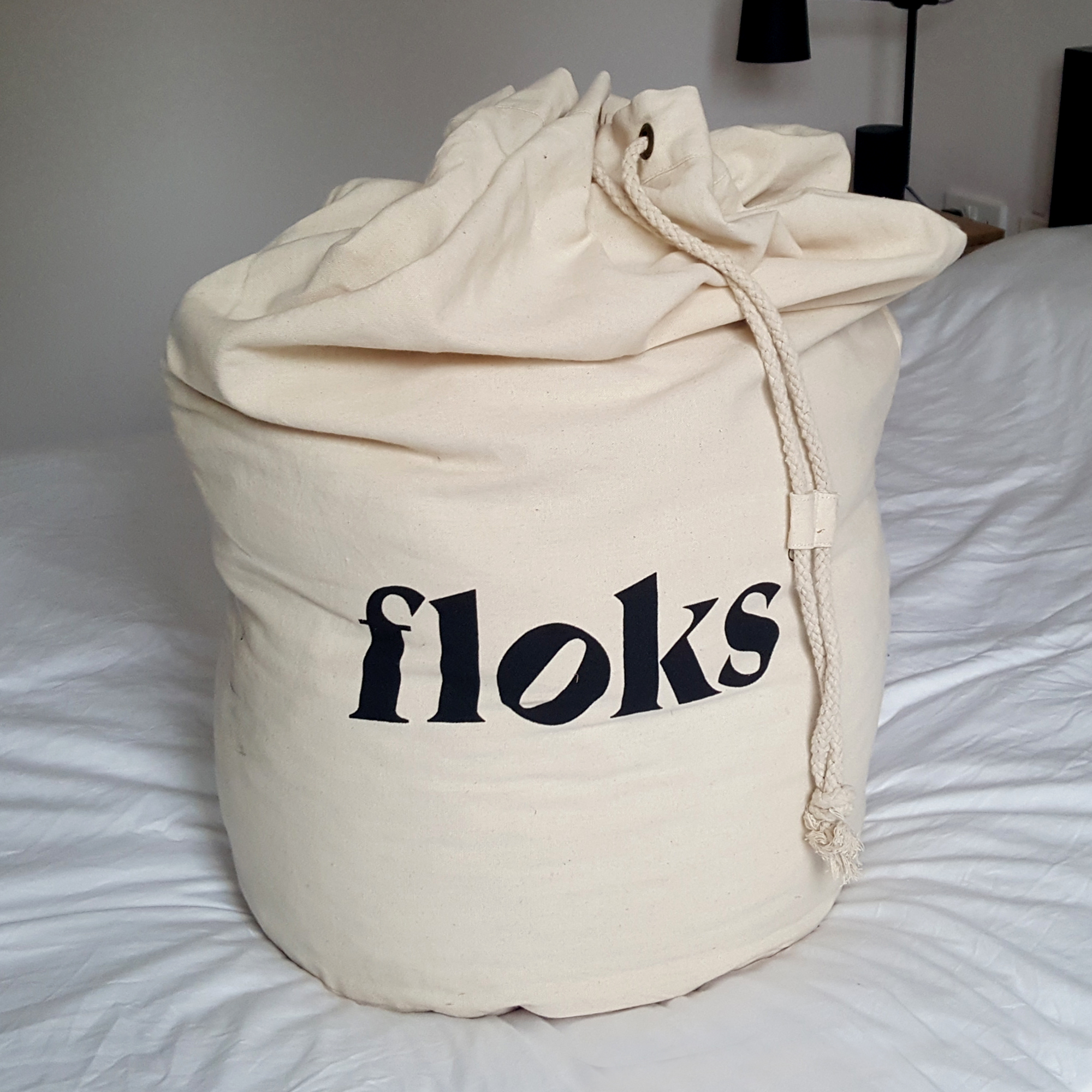
It's an investment, but this wool duvet feels a lot more premium than most, with a squishier feel and more loft.
What is a feather and down duvet?
‘A feather and down duvet is one with a natural filling comprised of a mixture of duck or goose feathers and down,’ says Neil from Slumberdown. ‘Lower priced duvets will have a higher percentage of feathers, whereas more premium duvets will have a high percentage of down.’
What are the benefits of feather and down duvets?
1. Super squishy
If you're looking for a super luxurious feeling duvet, then feather and down creates some of the most plumptious duvets around. The higher the mix of down to feathers the more cloud-like the duvet will become.
Soft, squashy, and super malleable, a feather and down duvet is perfect for tucking around your body to keep out any draughts. If you're after hotel-luxe, this is it.
2. Lightweight
If you don't like being weighed down by your duvet, this filling is for you, because a feather and down duvet is usually super lightweight. The higher the down percentage, the lighter it gets.
‘The duvet will be light and fluffy if the feather and down used is from mature birds and is of good quality,’ explain Emily and Jonathan Attwood, founders of luxury feather and down bedding brand, scooms.
3. Insulating
A feather and down duvet – particularly one with a high down mix – can be very insulating, that means they're a good choice for cold sleepers who want a duvet that will keep them super toasty at night.
3. Biodegradable
It may not have the same sustainability as wool, but after your feather and down duvet has come to the end of its life, it won’t leave a trace behind.
‘Feather and down is a biodegradable filling for less detrimental environmental impact,’ explain Emily and Jonathan from scooms.
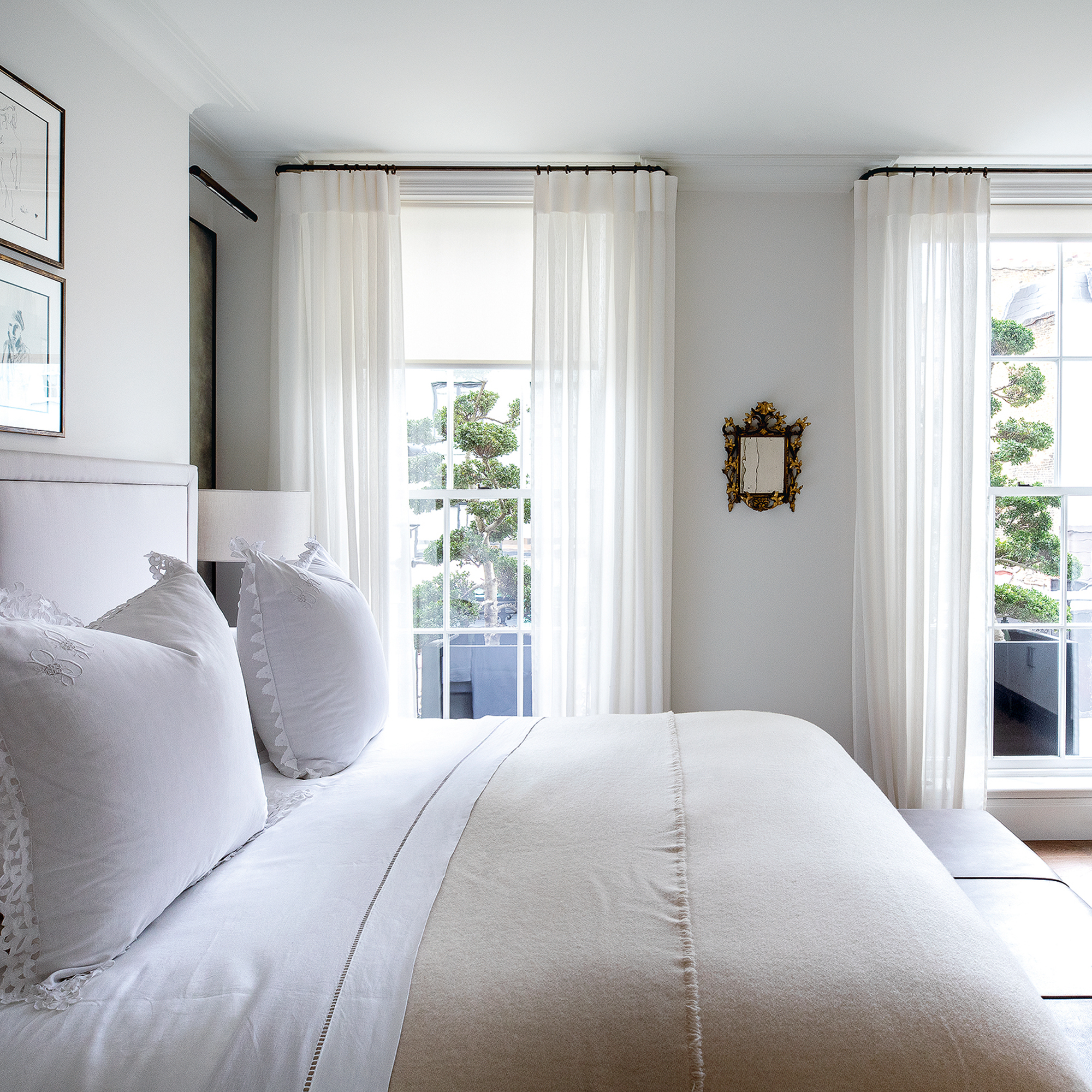
What are the disadvantages of feather and down duvets?
1. Can cause overheating
‘Down and feather duvets, especially those in blended fabric casings, are not as efficient at temperature regulation as wool,’ says Pauline from Devon Duvets.
‘While feather and down duvets will offer warmth and softness, the fibres are not breathable, so they will trap in heat and humidity as you sleep, making you more likely to wake up from feeling too hot,’ adds Chris from Woolroom.
2. Not hypoallergenic
‘Due to the humidity that’s created from sleeping with these fibre types, they become extremely attractive to house dust mites, meaning they need to be washed more regularly and can exacerbate allergy symptoms,’ advises Chris from Woolroom.
3. Can raise cruelty concerns
Feather and down is sourced from ducks or geese, so the filling can raise concerns about animal cruelty. As such it's important to look for filling that is a by-product of the food industry and products that are accredited by the Responsible Down Standard or similar organisations.
4. Can be high maintenance
‘Down and feather duvets contain a loose filling that requires box stitching to keep them in place. However, they still move around inside the casing and so shaking is required to redistribute the filling,’ says Pauline from Devon Duvets.
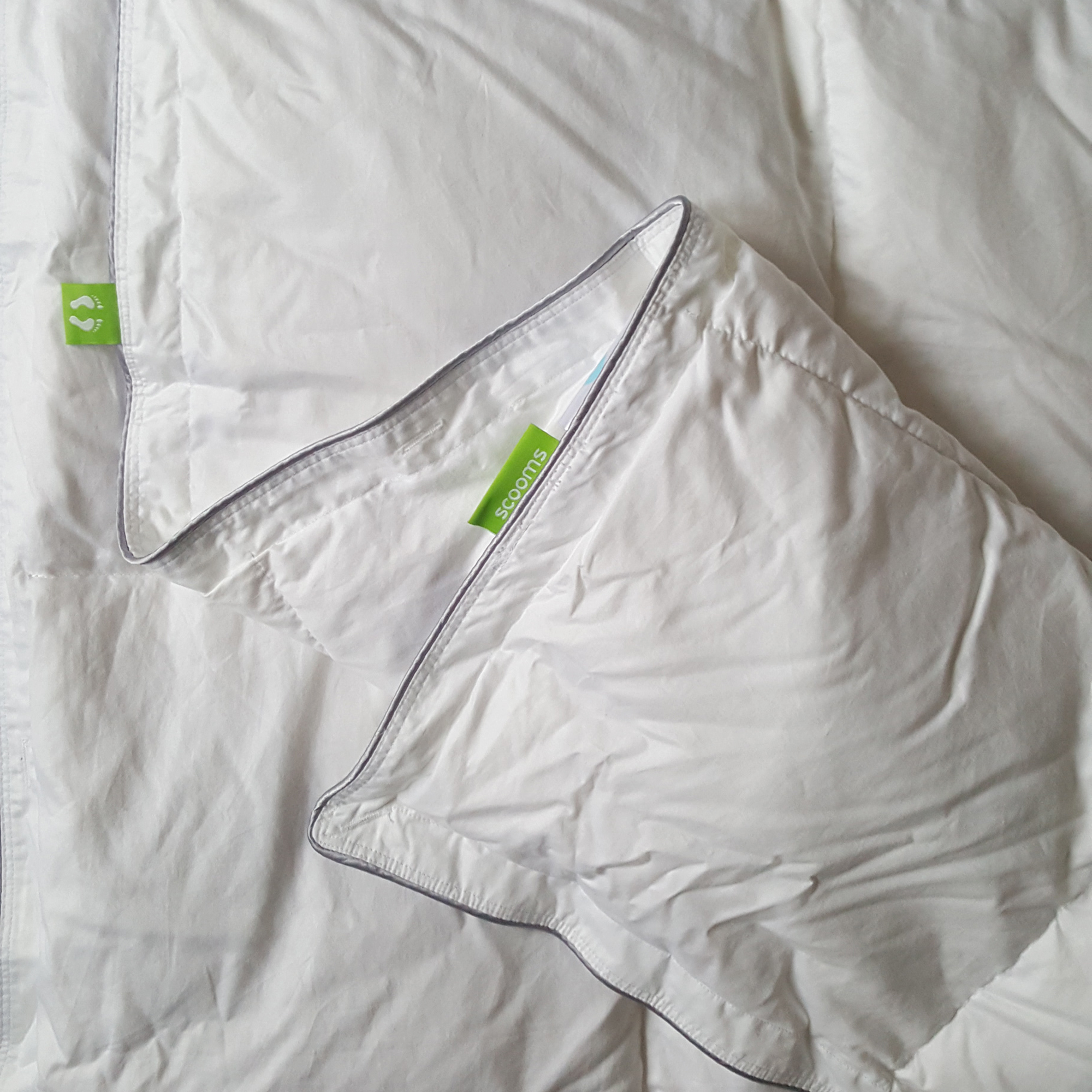
This is a great duvet, and scooms is one of the few brands that offers a sleep trial on its bedding. That means you can test this duvet out for 60 nights to see if it's right for you. If you haven't slept under feather and down before, it takes some of the risk out of such an expensive purchase.
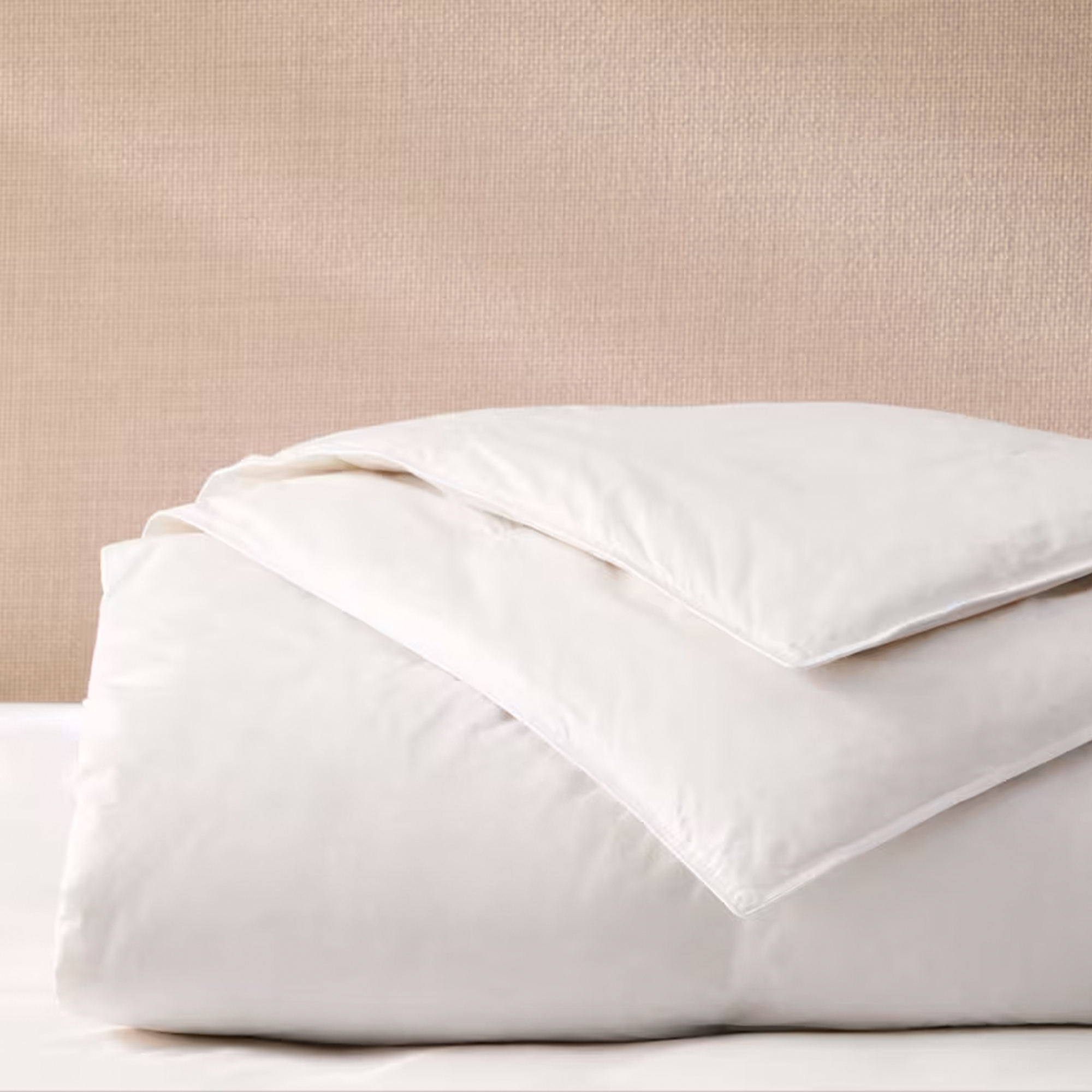
The higher feather content (85% duck feathers to 15% duck down) means this duvet isn't anywhere near as light, squashy, or luxurious as more expensive Hungarian goose down options. However, it's still insulating and is much more budget-friendly.
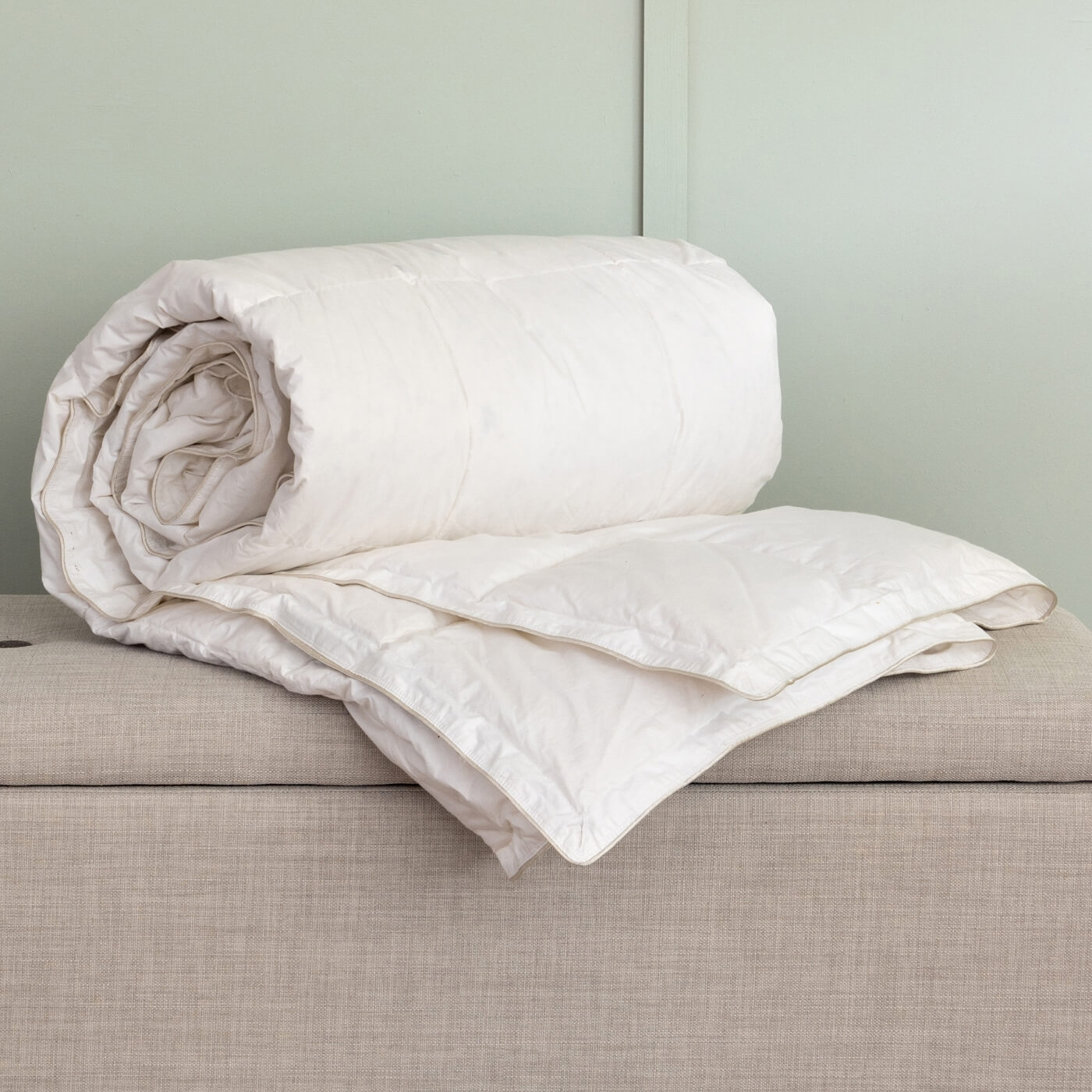
It's neck and neck betwee this and scooms Hungarian Goose Down Duvet for best feather and down duvet, but this option doesn't come with a sleep trial. However, it is sometimes a slightly lower price.
Is a wool or feather and down duvet better? The verdict
So, is a wool or feather and down duvet better? We hate to sit on the fence here… but we are going to. Really, it’s down to personal taste and preference.
‘Wool duvets are hypoallergenic, have great temperature regulation, meaning they will keep you cool when you’re hot and keep you warm when you’re cool, they’re durable and have very good natural moisture control, but tend to be denser and slightly heavier,' says Neil from Slumberdown. In contrast 'natural down duvets are softer, lightweight' and offer great warmth.
Having slept under both types of duvets, I rate both high above any synthetic duvet filling I've tested. For me, it comes down to what type of sleeper you are. I think a hot sleeper is best opting for a more breathable wool-filled duvet, whereas a cold sleeper can enjoy snuggling into luxurious feather and down duvet.
FAQS
Is a wool or a down duvet warmer?
‘Both wool and down duvets will keep you warm,’ says Chris from Woolroom. ‘However, where wool acts as a breathable insulator to keep you at the perfect temperature when the weather turns cold, a down duvet will trap any heat you generate and likely cause you to overheat.’
‘All duvets are designed to a tog value to give a similar level of warmth,’ says Neil from Slumberdown. ‘However, because wool duvets are moisture and temperature regulating and cover a broader range of togs than other fillings, they will keep you comfortable across a wider range of temperatures. With down duvets it is necessary to choose the right tog for the season.’
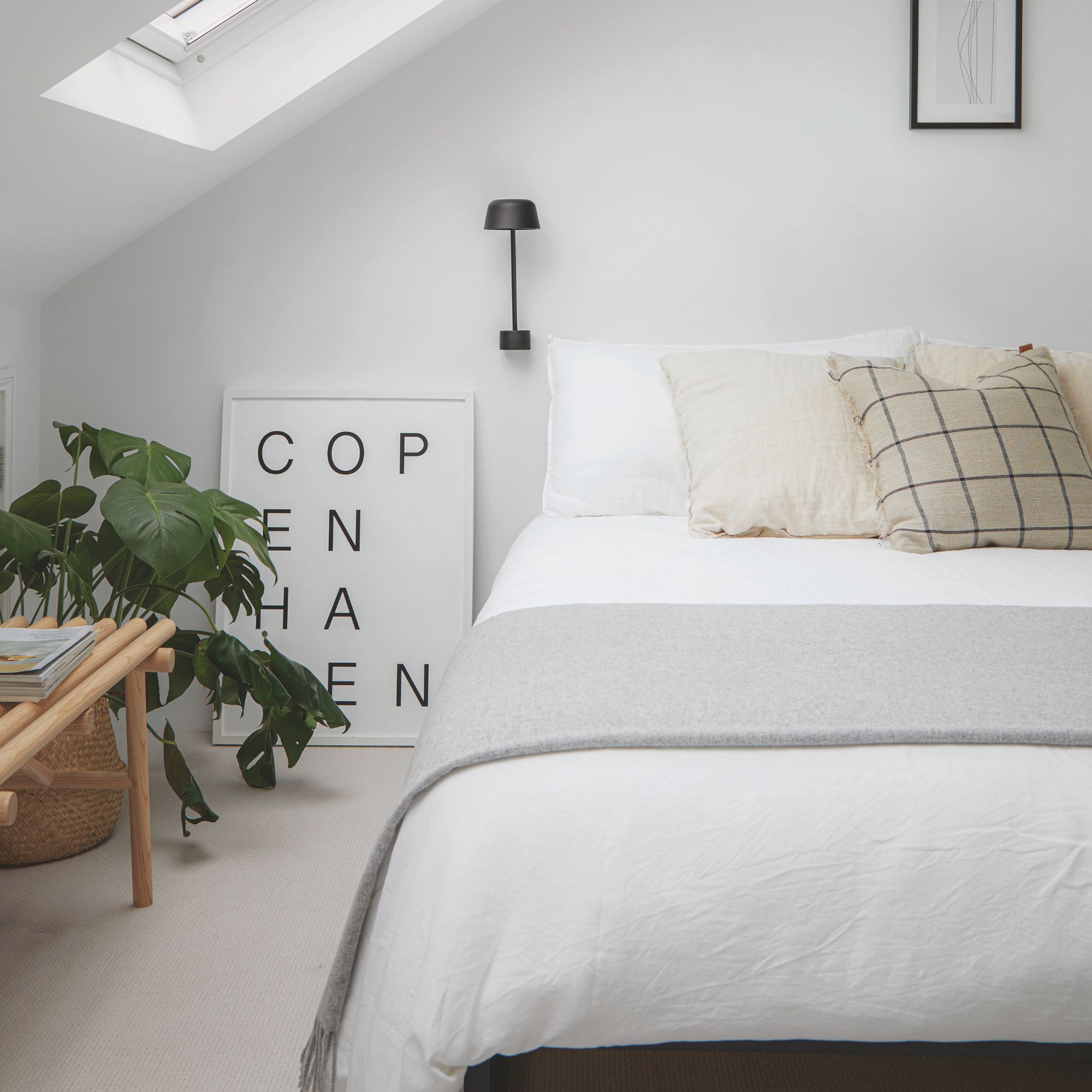
Are wool duvets better for hot sleepers?
‘Wool is naturally temperature regulating,’ explains Pauline from Woolroom. ‘So, with a lightweight wool duvet (which are best for hot sleepers), if you start to warm up and get too hot, the wool will start to release heat and then maintain a lower tog equivalency. However, if you then need to warm up, the wool naturally starts to retain heat in order to increase the tog factor.
Which is better for allergies, a wool or a feather and down duvet?
It’s generally accepted across the board that wool is a better duvet filling for allergy sufferers than feather/down, if dust-mite allergies are the issue.
‘If you are an allergy sufferer, especially someone who has asthma, then a wool duvet is far better because wool is naturally resistant to dust mites, making it hypoallergenic, whereas feather and down is not,’ says Pauline from Devon Duvets. ‘Also because of its temperature regulating properties, wool can also help with skin problems, such as eczema, which is often triggered by heat trapped by synthetic or other fillings.’
Get the Ideal Home Newsletter
Sign up to our newsletter for style and decor inspiration, house makeovers, project advice and more.

Zoe is a freelance journalist and content strategist. Her career has traversed kids' publishing, women's lifestyle magazines, luxury property and content marketing. She's worked for the BBC, STYLIST, Marie Claire, heat, Wallpaper*, InStyle, The Sunday Times Style, Ocado, Christie's and more. She now regularly writes about interiors and sleep for a range of media – what she doesn't know about mattresses isn't worth knowing.
- Amy LockwoodSleep Editor
You must confirm your public display name before commenting
Please logout and then login again, you will then be prompted to enter your display name.
-
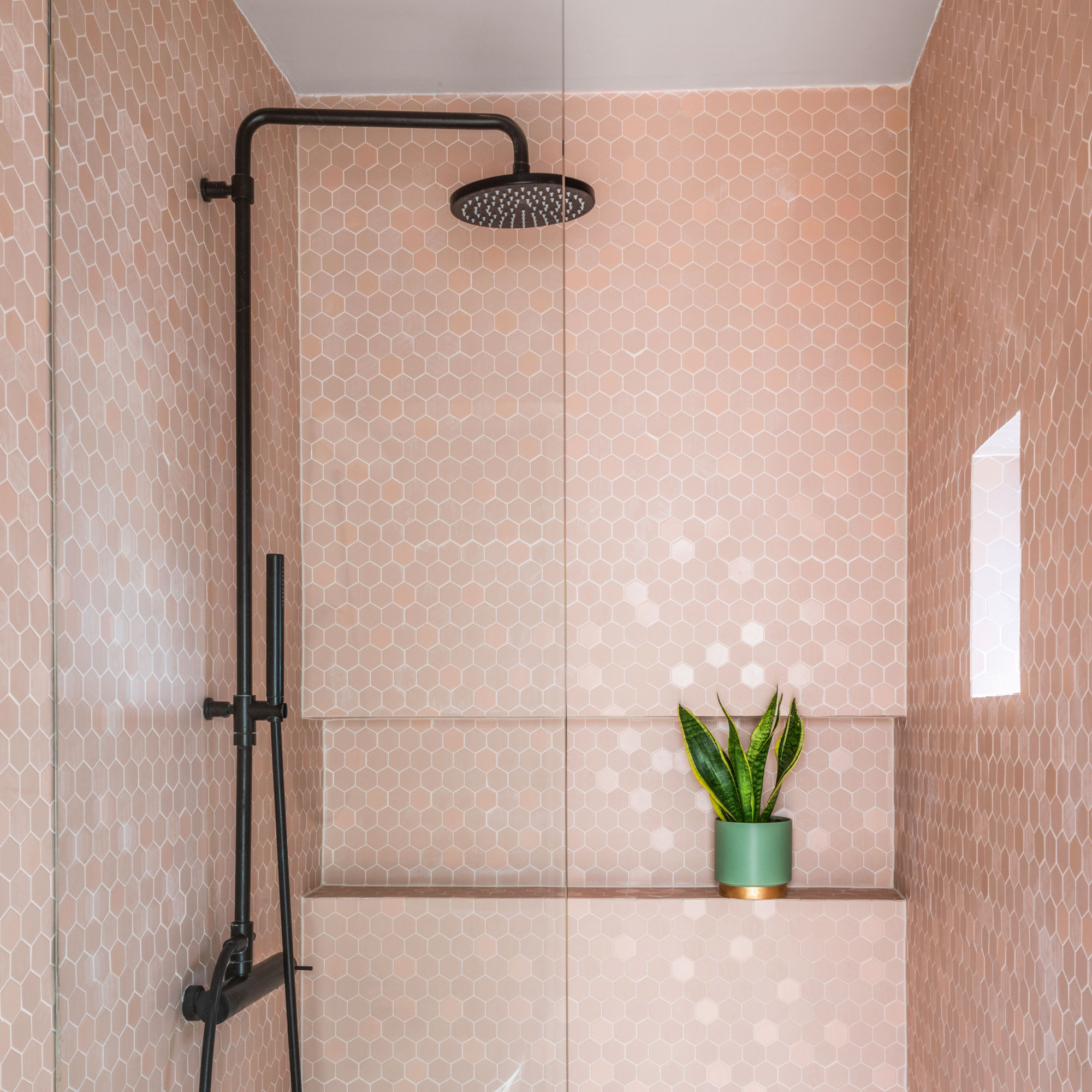 Are rainfall shower heads out of style in 2025? These 3 alternatives could be the next best thing
Are rainfall shower heads out of style in 2025? These 3 alternatives could be the next best thingIt could be time to try something new
By Holly Cockburn
-
 How to attract swifts and swallows to your garden - garden experts say these 3 features will make these birds feel welcome
How to attract swifts and swallows to your garden - garden experts say these 3 features will make these birds feel welcomeSwifts and swallows are a welcome sight every summer, and this is how to ensure you see them in your garden
By Kezia Reynolds
-
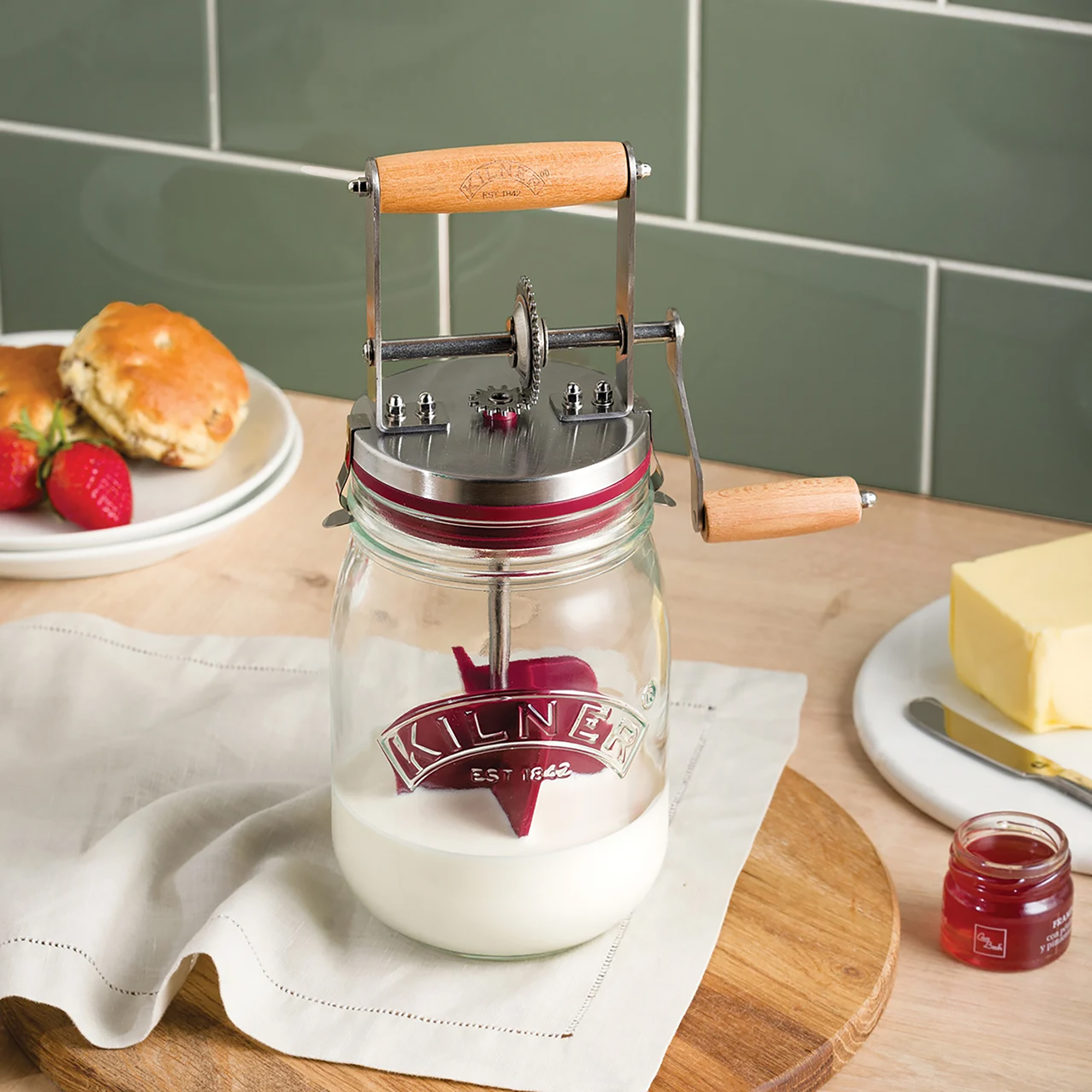 Kilner's butter churner is back in stock – here's why people love it
Kilner's butter churner is back in stock – here's why people love itMake your own butter by hand with this fun addition to your kitchen gadget collection
By Molly Cleary